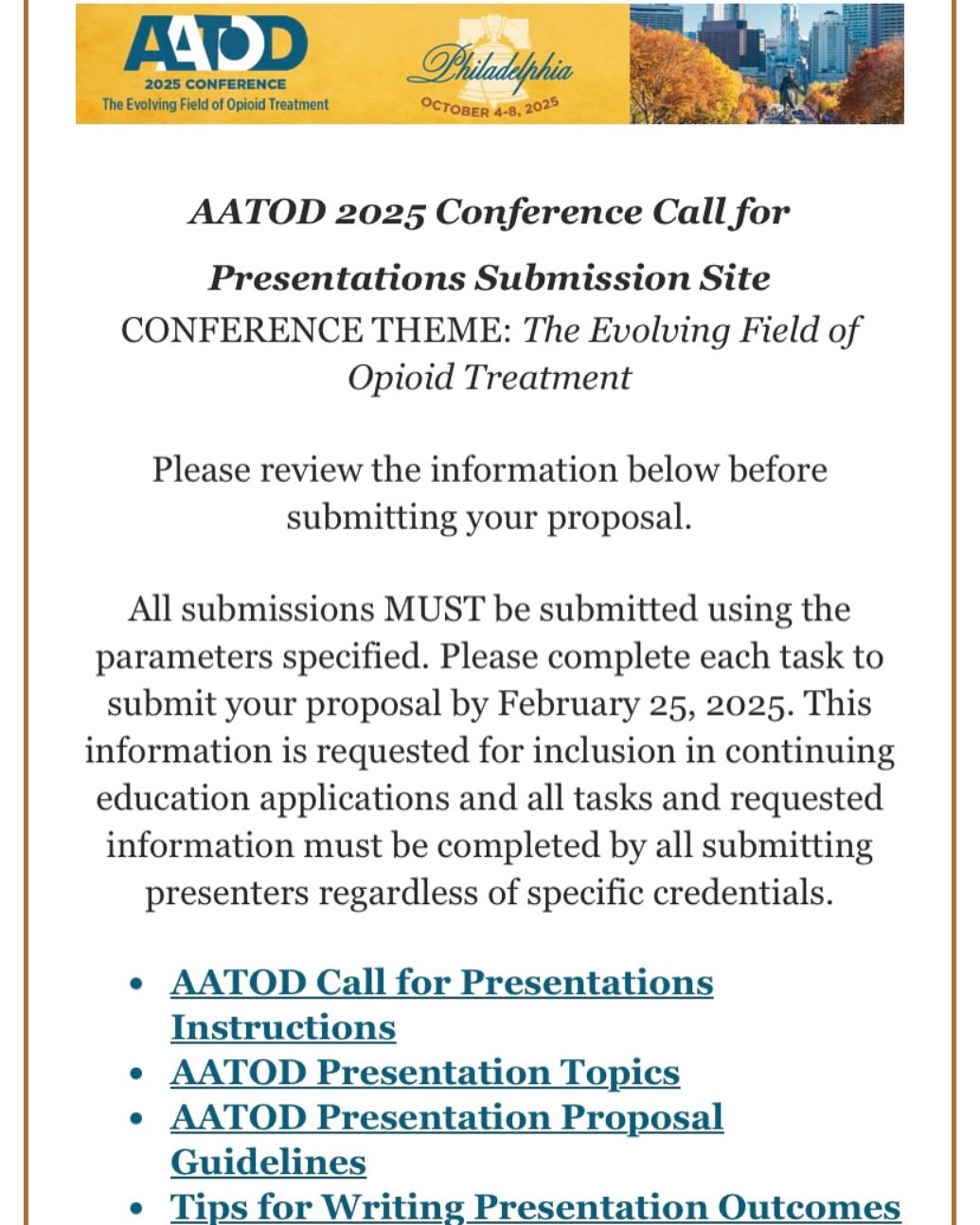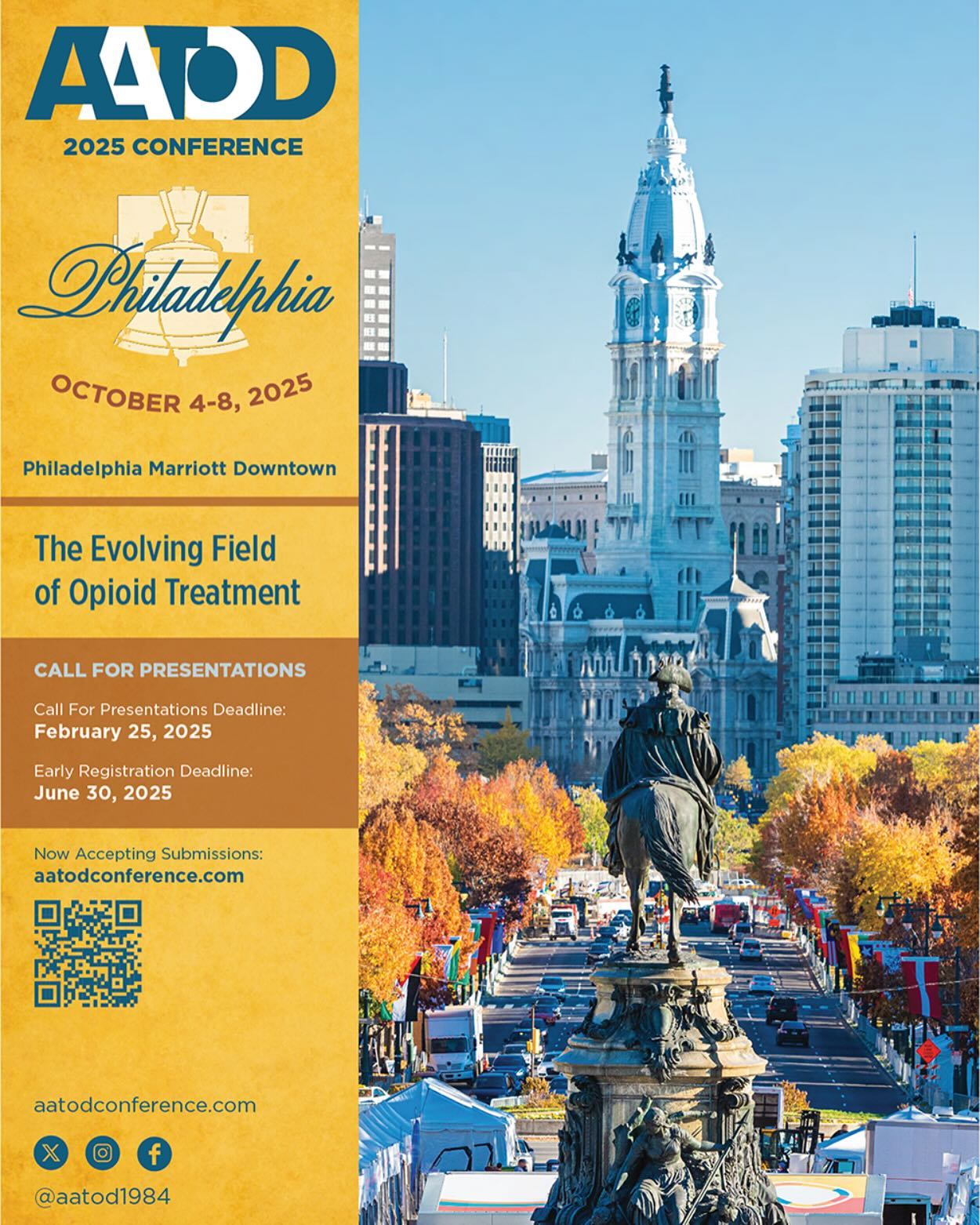FIRST KEY QUESTION: Why do some people become addicted in the first place, and others not? Why do some people not even like the psychoactive effects of an addictive drug and therefore never start using it? Why can some people use such a drug in moderation and never go on to heavy use and addiction? This extreme variability among people is typical for every addictive drug, from nicotine and alcohol to cocaine and heroin. Might there be some people whose reward pathway is defective in some way from birth, who can only feel “normal” on an opiate, for example, and who discover this the first time they encounter heroin?
People sometimes argue that becoming addicted is a psychologic, not a biologic problem. But behavior, the business of psychology, is also the business of the brain. Until recently, there had been no way to map the living functioning human brain; but now imaging techniques, such as magnetic resonance imaging (MRI) and positron emission tomography (PET) have begun to make that possible. Thus, we are actually learning, by imaging techniques, which brain circuits mediate which behaviors.
All of brain anatomy and chemistry is determined, at the outset, by the blueprints in our DNA. Then, through our life experiences, both anatomy (the brain circuitry) and chemistry (the neurotransmitters and their receptors) become modified. Most behaviors are determined by both genetics and environment, one or the other predominating in a particular case.
A researcher brought together for his studies seven pairs of identical twins, boys and girls about four years old. On one occasion he had them sit for a photograph, giving them no special instructions. We have all seen pairs of identical twins, so as we look at this photograph, we are not surprised to see how much alike each pair looks. But there is something amazing. No instructions were given about how to hold their hands, yet as we look more closely we see that every twin pair holds their hands in an identical way. Some twins clasp right hand over left, some clasp left over right, some hold the hands in a closed fist, some rest their hands outstretched on their laps, and so on. Each twin pair displays identical behavior in this simple matter of hand position.
Another researcher brought together adult identical twins who had been reared apart, so identical behavior could not be due to environmental influences. Again, a photograph, and again we see in each twin pair an identical positioning of hands and legs, identical tilt of the head, identical facial expression. No such similarity is seen in fraternal (nonidentical) twins. With respect to these behaviors, then, genetics seems to count for everything.
Those who still doubt that genetics strongly influences behavior should consider working dogs, which are specifically bred for certain behaviors, such as retrieving, pointing, attacking, or herding. In our family there is an Australian Shepherd dog who has never seen a sheep in his life, who was separated from his mother before she could teach him the trade. Yet this animal herds our family with great determination whenever we go for a walk with our children and grandchildren; no one is allowed to stray away from the group.
Animal studies tell us that strains of mice and rats can be bred for willingness or unwillingness to self-administer heroin, for ease or resistance to becoming addicted. In the case of alcohol, we know that there are indeed people who are predisposed (vulnerable) to becoming addicts. That knowledge comes from family, twin, cross-adoption, and pharmacologic studies. And the search is under way for the genes that contribute to the predisposition.
More research is needed to find out if genetic predisposition plays a role in heroin addiction. This is an important issue because if it is true that becoming an addict is not entirely a free choice, but rather is driven by a disorder of brain chemistry, it would validate the disease concept of heroin addiction. And that, in turn, would go far toward removing stigma and legitimizing long-term treatment with an opiate like methadone or LAAM in the eyes of the policy makers, the public, and the addicts themselves.
Source:
Neurobiology of Heroin Addiction and of Methadone Treatment
By: Avram Goldstein, M.D.
Professor Emeritus of Pharmacology, Stanford University






























